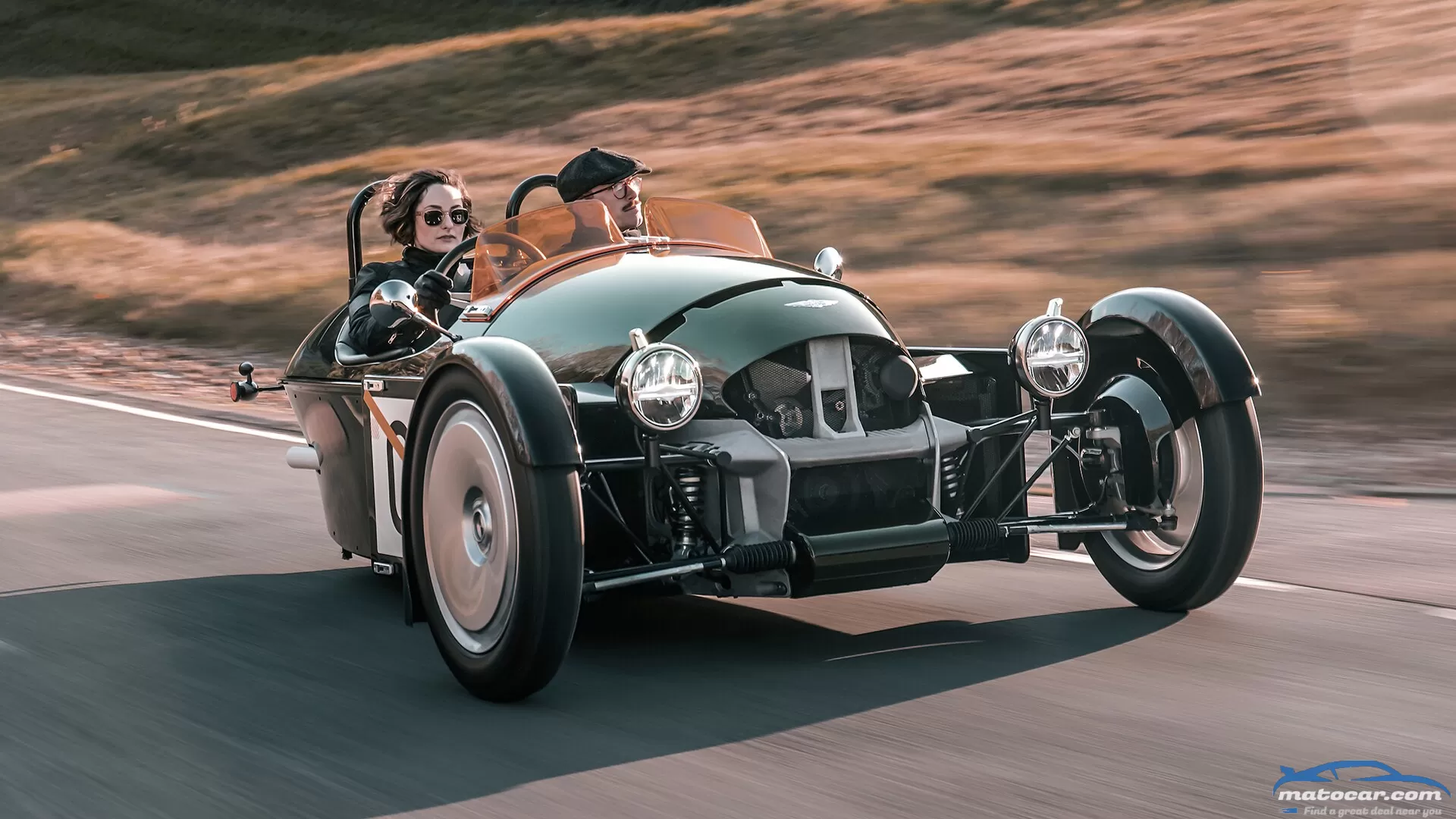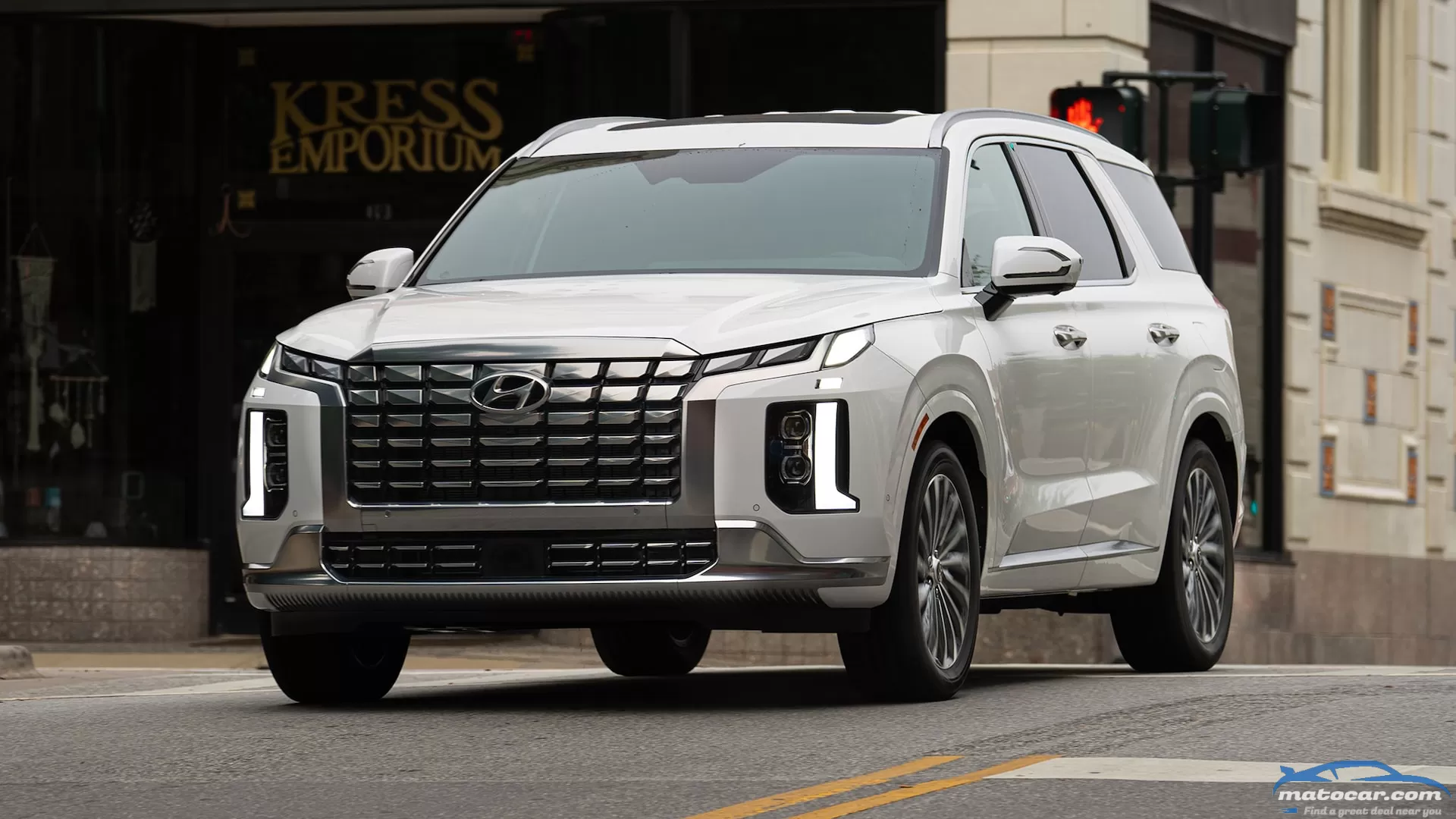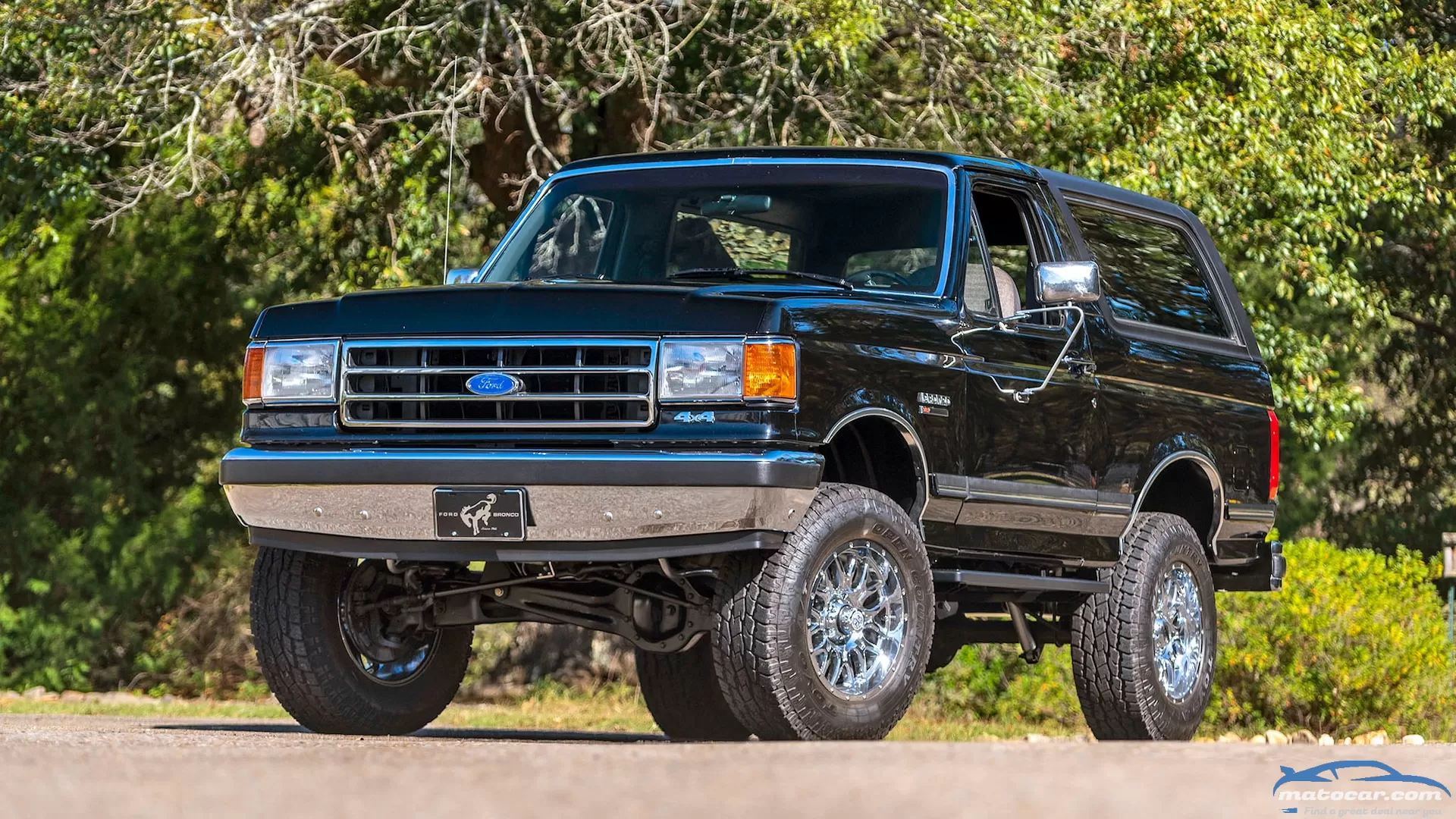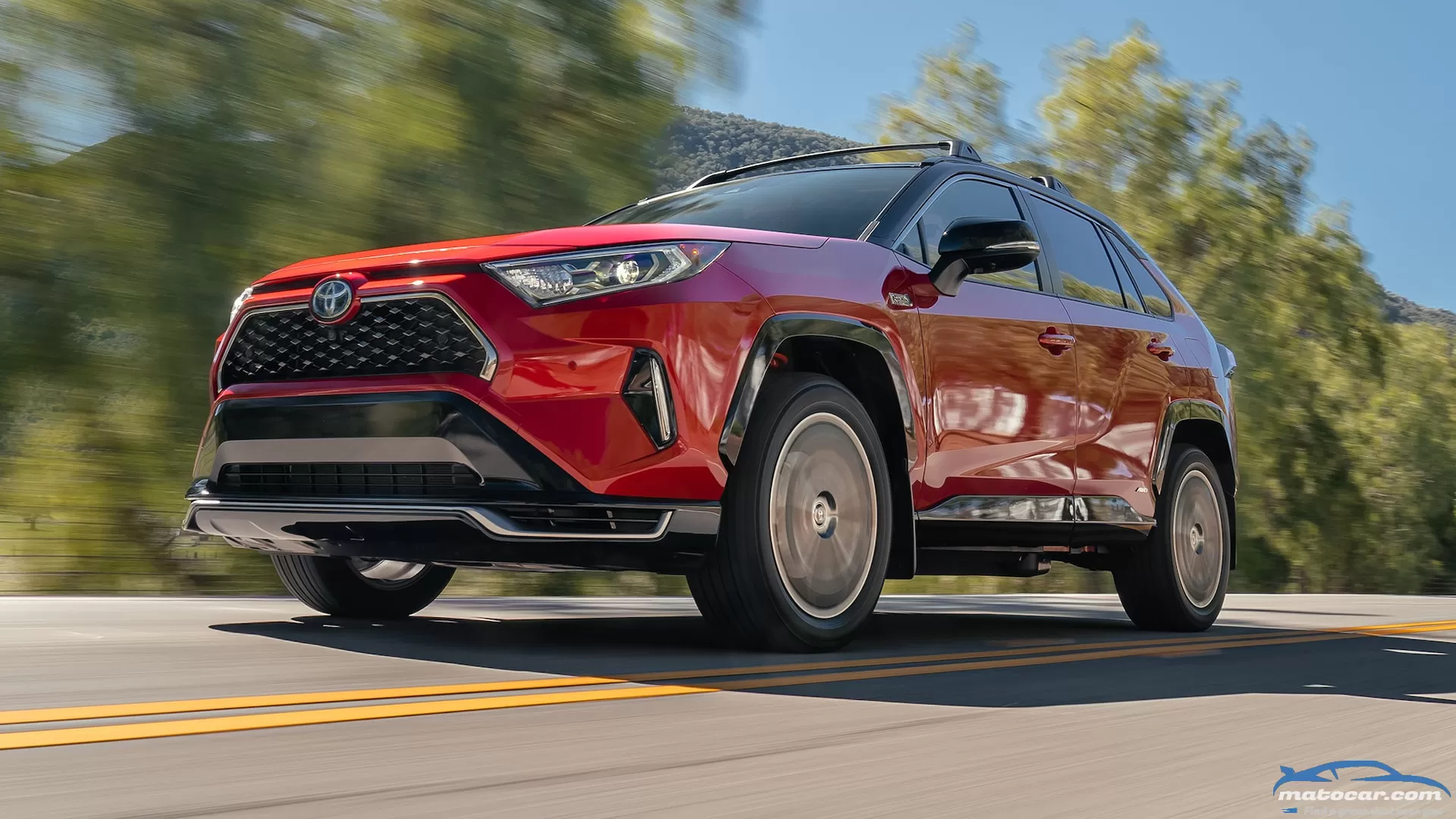2023 Morgan Super 3 First Look: New Three-Wheeler Coming To America

The first car the Morgan Motor Company built 113 years ago was a three-wheeler; two wheels up front for steering and stability, and a single drive wheel at the rear. In fact, until 1936 Morgan built nothing but three-wheelers. Over a century later, the all-new 2023 Morgan three-wheeler might be the most important yet.
Morgan ended three-wheeler production in 1952 as more affluent post-war customers switched to its four-wheeled sports cars. But the concept was revived in 2012 with the retro-styled 3 Wheeler, which was powered by an air-cooled, American-made S&S V-twin motorcycle engine mounted across the front end—just like the Morgan three-wheelers built until 1939.
That car is now being replaced by an all-new three-wheeler that is arguably the single most important new Morgan in history. Unlike the 3 Wheeler, the all-new Morgan Super 3 has been designed from its three wheels up to meet global crash and emissions standards. And the U.S. is one of the car's key target markets.
Old School Meets New School
Park your preconceptions: The Super 3 is not a Polaris Slingshot with a posh accent and debonair duds. Far from it. The Super 3 aims to capture the fun and free-wheeling spirit of the original Morgan Three Wheelers, light and sporty cars that frequently punched above their weight in motorsport events in the 1920s and '30s. It looks old school. But the clever and innovative engineering underneath is state-of-the-art.
The Morgan Super 3 is powered by a naturally aspirated version of Ford's light and compact 1.5-liter, three-cylinder "Dragon" engine, used in turbocharged form in the Ford Bronco Sport, as well as the European-spec Ford Focus and Fiesta hatchbacks. The decision to switch to a car engine was driven by the fact that the previous car's S&S V-twin would struggle to meet future emission standards, and other similar motorcycle engines all had integrated sequential-shift transmissions. Still, there's history here: The F-Series Morgan Three-Wheeler built between 1933 and 1952 was powered by Ford side-valve engines.
In the Super 3 the Ford Dragon engine, which drives the single rear wheel through a Mazda MX-5 sourced five-speed manual transmission connected to a bevel box and carbon-fiber reinforced drive belt, makes 118 horsepower at 6,500 rpm and 110 lb-ft of torque at 4,500 rpm. That doesn't sound like much. But as the Super 3 is expected to weigh not much more than 1,400 pounds, Morgan says that's enough grunt to shoot it to 60 mph in less than 7.0 seconds on to a top speed of 130 mph. And with no roof, no doors, optional aero screens, and the road rushing past just under your elbows, that's going to feel very fast.
Monocoque Makes Its Morgan Debut
The core of the Super 3 chassis is a super-formed aluminum monocoque, making it the first monocoque Morgan in history. Bolted to the front of it is a large cast aluminum structure that cradles the engine and provides all the pickup points for the multi-link front suspension. The floorplan is a non-structural aluminum piece that's been designed to accommodate future powertrain upgrades, including full electric drive. The single rear wheel is located by a twin beam swingarm with coil-over shocks on either side, and the beetle-backed bodywork enveloping it is more super-formed aluminum.
Though modern in its detailing and execution, the Super 3's layout is pure vintage Morgan. Ensuring the engine and cooling system sat no further forward than the front axle centerline while providing enough legroom for occupants drove the entire design.
The vertical cast aluminum element at the center of the mesh grille is not for decoration: It connects to the top mount of the Dragon engine. "There's nothing on this car that doesn't need to be there," says Morgan design chief Jonathan Wells. The cast aluminum piece at the rear of the bodywork, for example, not only ties the body structure together, but also provides the hinge for the rear wheel cover, the lower mounting point for the optional CNC-machined luggage rack, a license plate mount, and the location for the fog and reversing lights.
The desire to keep the Super 3 as compact as possible—though it measures 72.4 inches across the front wheels, it's only 141.0-inches long overall, just 4.0-inches longer than the 3 Wheeler—meant locating the cooling radiators on either side of the engine. That, in turn, required placing large, rectangular "barge boards" along the side of the car to manage the air flow through them.
At first glance they are perhaps the most controversial elements of the design, but Morgan has embraced their presence. A patented clip system—Morgan's first ever patent—allows specially designed hard cases, waterproofed soft bags, or racks to be attached to the side of the car. The clips and the hardware that attaches to them can carry as much as 44 pounds.
Clever Design Abounds
The Super 3 has no roof. But the interior has been designed to cope with the elements. The seats can be trimmed in water-resistant leather, or a new vegan technical fabric that is 100 percent waterproof and can be cleaned with bleach. The digital instruments, located in cast aluminum pods at the center of the dash, and all the switchgear are not just waterproof, but will withstand a quick blast from a jetwash.
The seats are fixed, both to reduce weight and complexity, but also to ensure the mass of the occupants remains in the same place in the chassis, critical in a three-wheeler. The steering column is reach and rake adjustable, and the floor-hinged pedals can be moved fore-and-aft to accommodate drivers of different sizes, however. The steering wheel is by Moto-Lita, the boutique British manufacturer that supplied everyone from Aston Martin and Austin Healey to Carroll Shelby and Saab in the 1960s and '70s and is still doing business today.
The closer you look at the Super 3, the cleverer it is. The two round headlights and horseshoe cowl are vintage Morgan design cues; the cowl's radius is the same as on Morgan's four-wheeled models. But the air intakes at its trailing edge are functional, feeding air into the engine intake. The small structures protruding from each headlight—nicknamed "snail's eyes" by Wells' team—enable the lights to meet global standards for height and side visibility while retaining their vintage-era location low and close to the front axle centerline.
The front wheels are flush-face 20-inch alloys shod with 130/90 Avon Speedmaster tires specially developed for the Super 3 by the British specialist tiremaker. Though vintage in appearance right down to the tread pattern, they are radials with a modern rubber compound and are speed rated to 130 mph. The single rear wheel is a 15-inch steel car rim, shod with a 195/65 winter tire to deliver slightly more initial compliance on turn in, and less overall grip to reduce understeer.
How Much Is the Custom Built Super 3?
As you'd expect of a Morgan, the hand-built Super 3 will be highly customizable, with more than 200 available options. To make life easier for buyers, the company will offer three "character" themes at launch: Contemporary, which combines brighter exterior colors with the dark finish on the wheels and other cast aluminum parts, plus the textile interior; Classic, which has silver wheels and aluminum bits and leather trim in the cockpit; and Touring, which comes with the aero screens, rear luggage rack. and side panniers.
Super 3 production is scheduled to start at Morgan's factory on Pickersleigh Road in Malvern, England, in April, and will ramp up to a maximum of 15 cars per week within four to six weeks. The first cars will arrive in the U.S. in the third quarter of this year, priced at about $70,000 to start.
You may also like
hyundai palisade Full OverviewHyundai's push into the SUV market is strong today—it's easy to forget the Korean automaker had a lousy SUV lineup just five years ago. Now it has six models covering virtually every segment of the SUV market. And when the Hyundai Palisade hit the streets three years ago, it quickly became a sales hit popular with families who wanted style, value, and room for eight. With the new 2023 Hyundai Palisade, a midcycle update brings some fresh styling elements and more technology, plus additional comfort features. We traveled to the beautiful roads outside Asheville, North Carolina, to sample the updated Palisade and try the refreshed SUV firsthand.So, What's New?Along with a new grille and some exterior details, the 2023 Hyundai Palisade is now 0.6 inch longer than before thanks to an upsized front overhang. The rear overhang is shorter, and the wheelbase remains the same, but overall length is now 196.7 inches. Although the interior dimensions didn't change, designers made these moves to give the Palisade a better stance in profile view—and it paid off.Inside, Hyundai added comfort features across all three rows to please a wide variety of passengers. Taking a page from sister brand Genesis' Ergo motion seats, the Palisade adds a massaging feature to the driver's seat, and the second row now boasts headrests that bend to provide lateral head support. Heated seats are now offered in all three rows, and the first and second row continue to offer ventilated seats.Hyundai's remote smart parking assist is available for the first time in the Palisade, which means drivers may get out of their vehicle and move the SUV forward and backward using the key. A new rear passenger-side airbag and parking collision avoidance assist are also present.Tech SavvyFamilies who missed having a Wi-Fi hotspot in the Hyundai Palisade will be happy, as Hyundai partnered with Verizon to allow drivers to now connect up to five devices at once. A three-month trial is included, but owners thereafter will need to pay $20 per month to use this feature. In-vehicle Wi-Fi hotspots are nothing new, but the 2023 Hyundai Palisade is the first of the company's models to offer the technology.A new digital key allows Apple and Samsung users to lock, unlock, and start the Palisade with their phones. Working with NFC technology, simply place your phone on the door handle to unlock the Palisade. To start the car, you must place the phone on the wireless charger (where there's another NFC sensor).The task is easy, and there are five digital keys in total that can be shared with friends via text message. Owners can change the settings of each of those keys to only lock and unlock the Palisade, and owners can remove key access easily. Best of all, the NFC sensors work even when your phone is dead, and the tech works with the Apple Watch, as well.People familiar with the old Bluelink app know there were a few limitations of what you could do in the Palisade. The 2023 model expands the list of features; it now turns the heated and ventilated seats on and off and sets the temperature when the owner starts the Palisade remotely. Owners will also be able to see and receive notifications about doors and windows left open, as well as fuel levels.The hardware updates also allow two driver profiles in the Bluelink app and the digital key, so if you share a car with your significant other, the radio presets, seat and mirror positions, and temperature will automatically change depending on who opens and starts the car.On the RoadNew for 2023 is the XRT trim, which adds rugged styling and darker treatments outside, but there are no hardware enhancements such as all-terrain tires or better approach and departure angles. We spent half a day driving the XRT on city roads near Asheville and on trails around the Biltmore Estate, and we were generally pleased with the way the SUV handled.There are no mechanical changes to the 2023 model; every Palisade continues to be powered by Hyundai's 291-hp, 262-lb-ft 3.8-liter V-6 engine mated to an eight-speed automatic. The XRT we drove was equipped with all-wheel drive, which was useful during the off-road section. On muddy parts of the trail, the Palisade demonstrated good traction and linear power delivery, making it easy to conquer obstacles. Although the trail was mostly a dirt road with a few ruts and puddles, it was a good representation of what families will encounter when heading on a camping trip.On the road, the ride was generally comfortable and quiet, with the steering tuned on the lighter side and the engine delivering enough punch to go over Asheville's hilly downtown streets without protest. In the past, we've complained about the Palisade's stiffer ride compared to the Kia Telluride, but because of our limited time behind the wheel for now, we'll wait to render our full judgment once we can get a 2023 model in our hands for testing.Should I Buy a Palisade?The 2023 Hyundai Palisade is available in five different trim levels—SE, SEL, XRT, Limited, and Calligraphy. Prices start at $36,245 for the SE and rise to $50,195 for the Calligraphy. The all-wheel-drive option adds $1,900.The midcycle update for the 2023 Hyundai Palisade might look mild on the outside, but it's significant when you look at all the new technology that's come aboard. With remote parking, a digital key for Apple and Samsung, and more features for the Bluelink app, the Palisade feels updated and modern. And Hyundai managed to add all those features while keeping prices competitive.Looks good! More details?2023 Hyundai Palisade Specifications BASE PRICE $36,245-$52,695 LAYOUT Front-engine, FWD/AWD, 8-pass, 4-door SUV ENGINE 3.8L/291-hp/262-lb-ft DOHC 24-valve V-6 TRANSMISSION 8-speed auto CURB WEIGHT 4,500 lb (MT est) WHEELBASE 114.2 in L x W x H 196.7 x 77.8 x 68.9 in 0-60 MPH 7.0 sec (MT est) EPA FUEL ECON 19/25-27/21-22 mpg EPA RANGE (COMB) 395-414 miles ON SALE Currently Show All
Related: MotorTrend+ is the exclusive streaming home for Mecum Auctions! Sign up for a free trial today to catch all the action, plus the best automotive shows anywhere!Rare Blend of Power and SUV PerformanceNot Stock but not a Deal-Breaker
With SUVs increasingly becoming the default choice for single-car families across the U.S., automakers are working hard to make them more fuel efficient. Last year's 20 most fuel-efficient SUVs averaged an impressive 55.5 mpg combined; this year, the 20 most fuel-efficient SUVs bump up their combined average to 60.9 mpg. And that figure doesn't include the increasing availability of electric SUVs. Last year there were about nine SUV EVs on sale. This year? Seventeen and counting. Provided you're not ready to make the leap to an electric SUV (all of which would make this list), what follows are the 20 SUVs that achieve the best gas mileage on the market in 2022.But before we dig in, some quick housekeeping. Our list of the most fuel-efficient SUVs for the 2022 model year was gleaned using EPA test data, and all vehicles are ranked in order from 20 to 1 using their combined mpg/mpg-e figure. When we had a tie, we then factored in electric-only range (if applicable) and highway fuel economy to break it.Plug-in hybrid, hybrid, gas, and diesel SUVs were all eligible to make this list, but as you'll soon see, plug-in hybrid and hybrid SUVs dominate. As previously mentioned, the 17 electric SUVs on sale in the U.S as of this writing weren't included. In case you're curious, they are:Tesla Model Y (up to 129 mpg-e)Hyundai Kona Electric (120 mpg-e)Kia EV6 (up to 117 mpg-e)Chevrolet Bolt EUV (115 mpg-e)Hyundai Ioniq 5 (up to 114 mpg-e)Kia Niro EV (112 mpg-e)Tesla Model X (up to 105 mpg-e)Ford Mustang Mach-E (up to 101 mpg-e)Volkswagen ID4 (up to 99 mpg-e)Audi Q4 E-Tron (up to 95 mpg-e)Mazda MX-30 (92 mpg-e)Volvo C40 Recharge (87 mpg-e)Volvo XC40 Recharge (85 mpg-e)Audi E-Tron (up to 78 mpg-e)Jaguar I-Pace (76 mpg-e)Porsche Taycan Cross Turismo (up to 76 mpg-e)Rivian R1S (69 mpg-e)Without further ado, here are the 20 most fuel-efficient SUVs you can buy today, in order from worst to first.




0 Comments